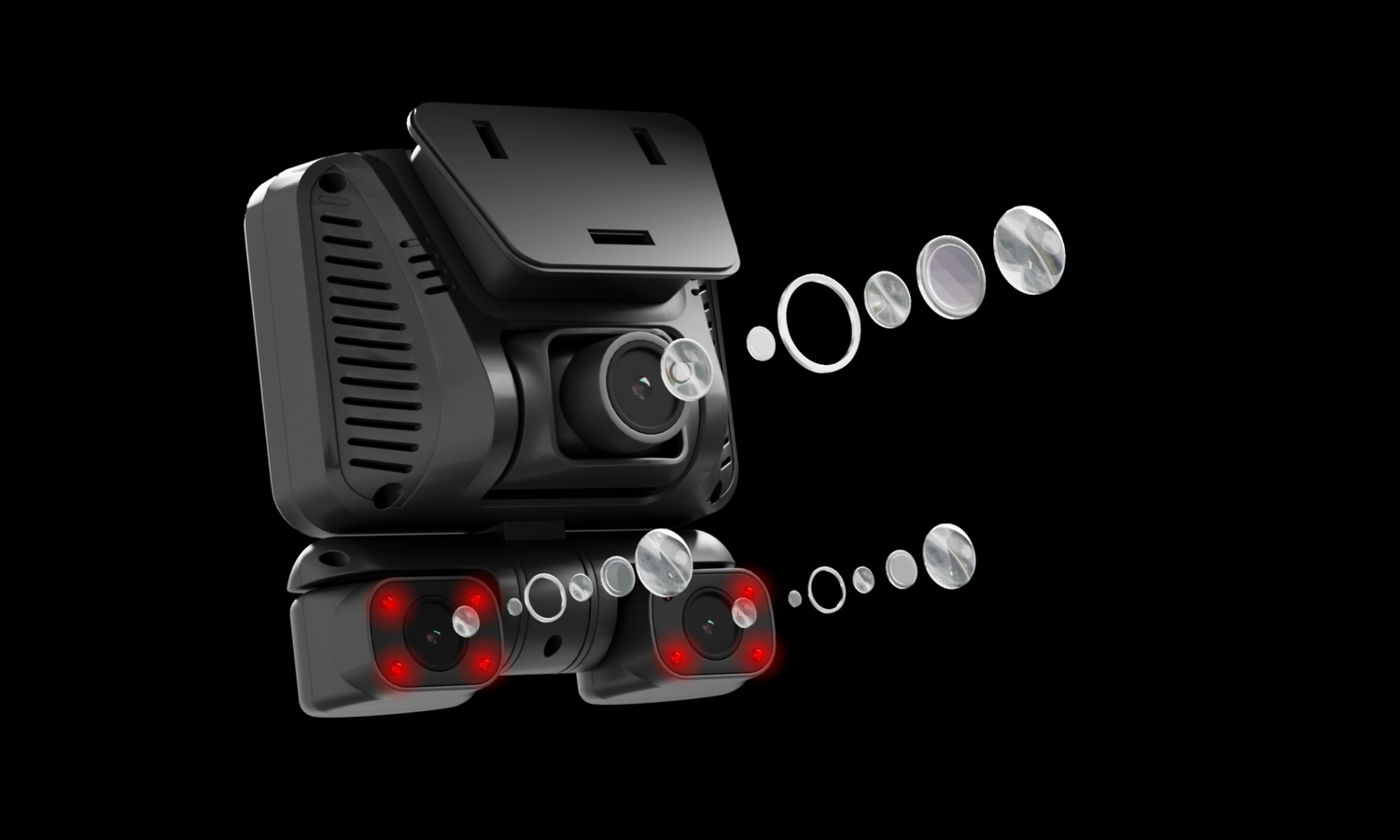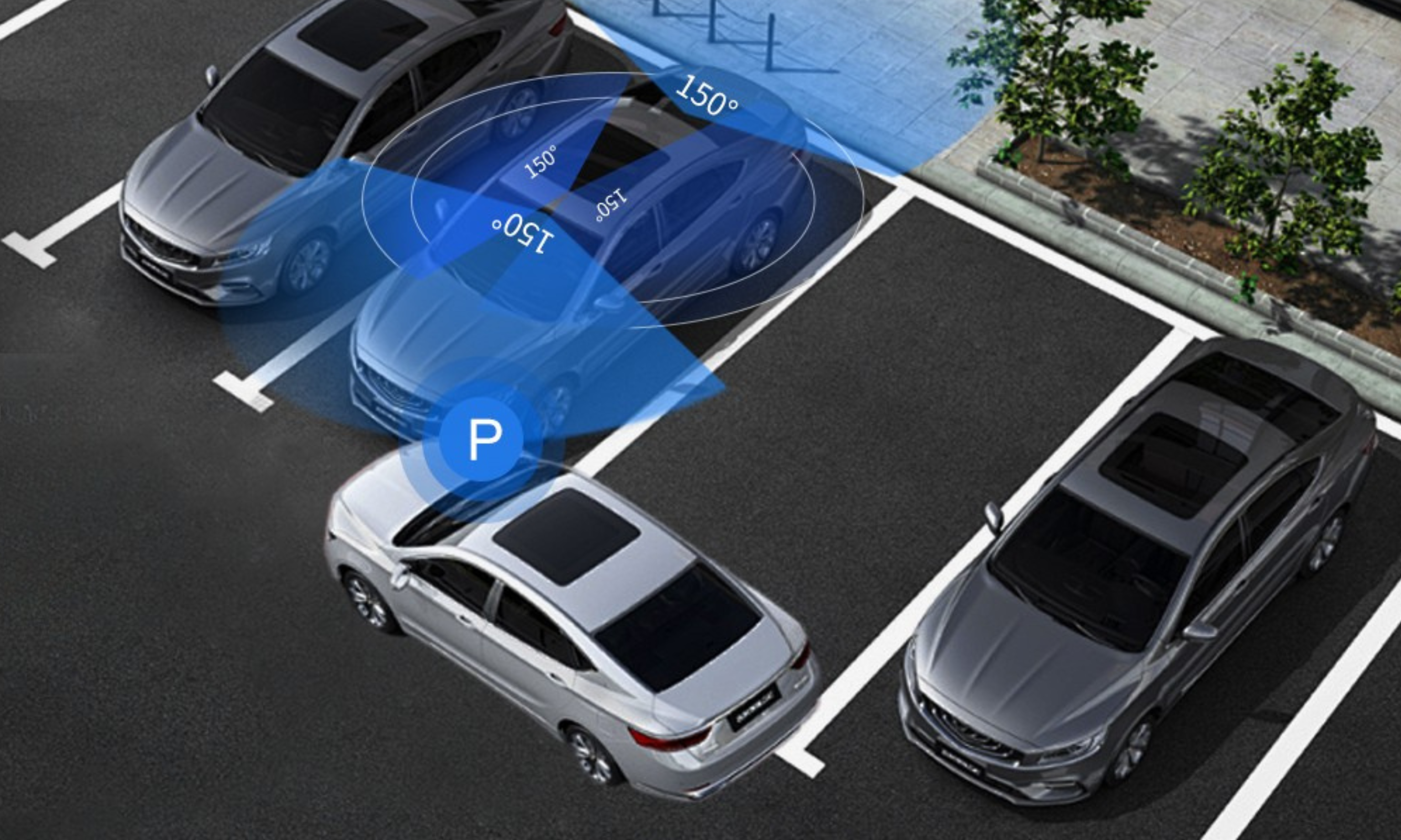When it comes to driving at night or monitoring your car while it’s parked in the dark, having a dash cam with solid night vision capabilities is no longer a luxury—it’s a must-have. But not all night vision technologies are created equal. Two of the most common types you’ll find in today’s dash cams are infrared (IR) night vision and standard low-light lenses with enhanced imaging. Both are designed to help your camera “see” in the dark, but they work in very different ways and serve very different purposes.
So, what’s the difference—and which one is better for your needs? Let’s dive in.
What Is Infrared Night Vision in Dash Cams?
Infrared night vision is a technology that uses invisible infrared LED lights to illuminate the scene, especially in total darkness. Unlike traditional lenses that rely on visible light, IR night vision doesn’t need streetlights or headlights to function. Instead, it emits infrared light that reflects off objects, allowing the dash cam to create a black-and-white image, even when it's pitch black.
This technology is most commonly used for interior-facing cameras. It’s ideal for:
- Recording the cabin of the vehicle at night
- Monitoring children or pets in the back seat
- Capturing passengers in rideshare situations (Uber, Lyft, etc.)
- Discreet overnight monitoring without turning on interior lights
For example, the DRIVEYE D9 includes infrared night vision specifically for its baby car camera and in-cabin views. This means parents can check in on sleeping children during night drives without disturbing them—and rideshare drivers can feel more secure recording interior activity.
What Are Standard Night Lenses (Low-Light Enhancement)?
Standard dash cam lenses don't use infrared but instead depend on a combination of optical and software technologies to enhance image quality in dark or low-light conditions. These features usually include:
- Wide Aperture Lenses (e.g. f/1.8 or f/1.6): Allow more light into the sensor, making night scenes appear brighter.
- High-Sensitivity Sensors (e.g. Sony STARVIS or CMOS): These sensors are optimized to capture sharp, low-noise images at night.
- WDR (Wide Dynamic Range) or HDR (High Dynamic Range): These image-processing techniques help balance bright lights (like headlights) and dark shadows, so you don’t lose important details.
Unlike infrared, standard lenses aim to retain full-color video, especially for front and rear road-facing cameras. They are great for:
- Capturing license plates clearly at night
- Recording street scenes and traffic events
- Handling high-contrast lighting like tunnels, streetlights, or oncoming headlights
In short, standard night lenses work best when there's some ambient light available, while infrared shines in complete darkness.
Use Case Scenarios: Which One Do You Need?
Use Infrared Night Vision if:
- You want to monitor the interior of the vehicle at night
- You drive rideshare or transport passengers regularly
- You want clear cabin footage even when the car lights are off
- You need a baby monitor-style rear seat view while driving in low light
- You want full privacy for passengers—IR LEDs are invisible to the human eye
Use Standard Night Lenses if:
- You want to capture what's happening on the road at night
- You need to read license plates, traffic signs, or faces outside the vehicle
- You mostly drive in urban or suburban areas with some light sources
- You prioritize color footage and detail clarity
- You rely on your dash cam for potential accident evidence or insurance claims
Why the Best Dash Cams Use Both
The most advanced dash cams—like the DRIVEYE D9-5CH—combine both technologies to provide 360° night protection:
- Infrared night vision is built into the baby camera and interior cams
- High-quality standard lenses with WDR and large apertures cover the front and rear road views
This hybrid setup gives you the ability to capture crisp, detailed footage both inside and outside your vehicle, regardless of lighting conditions.
When it comes to dash cam night vision, there’s no one-size-fits-all solution. The right choice depends on where you want to record and what you want to capture.
If you’re focused on the road, look for dash cams with top-tier sensors, large apertures, and WDR. But if in-cabin activity, safety monitoring, or privacy matters more to you, infrared night vision is your best bet.
And if you want complete protection—inside and out—go with a model that gives you both.
Need help choosing a dash cam with the right night vision setup? Reach out at support@driveyetech.com or explore all our models at www.driveyetech.com.
Drive safe. Record everything. Day or night. 🌙
Click on the right to learn about our latest product: DRIVEYE D9 5-Channel Dash Cam - giving you 360° protection without blind spots





Leave a comment
This site is protected by hCaptcha and the hCaptcha Privacy Policy and Terms of Service apply.